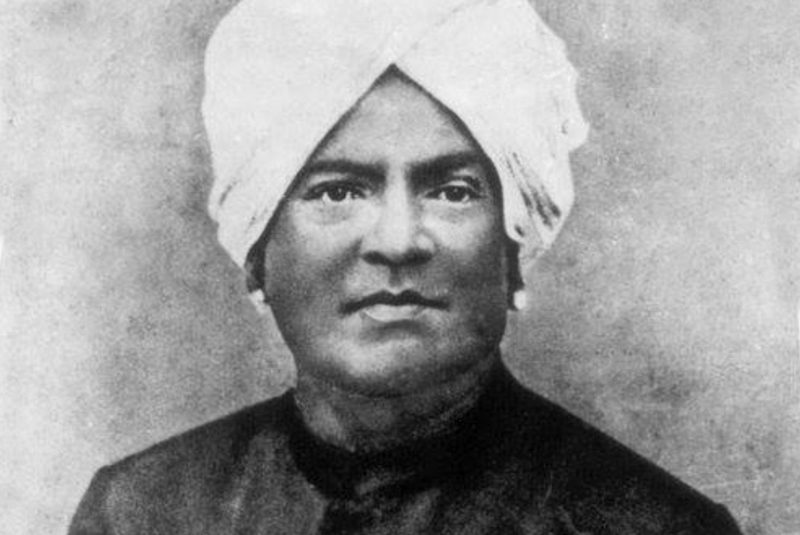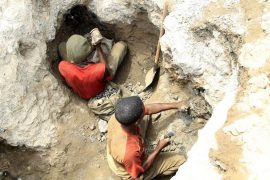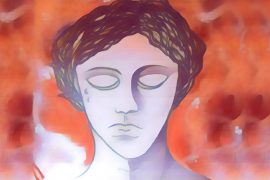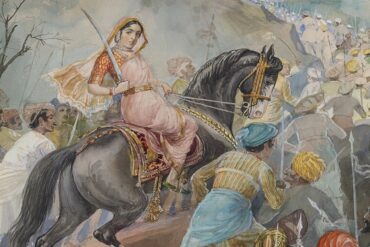On December 1, 1891, a group of men congregated in the hill station of Ooty, nestled in the picturesque Nilgiri hills of Tamil Nadu, to attend the first conference of the Dravida Mahajana Sabha (DMS). This conference is significant in history, for it outlined ten resolutions that paved the way for Dalit rights in India.
Seeking equality and freedom from caste oppression, the resolutions demanded civic rights, educational scholarships and schools, a due share in the appointment of Government services, opportunities for economic advancement and adequate representation of the oppressed castes in political bodies. Some of these resolutions are relevant even today and are still being debated in contemporary India.
The leading man behind this historical event was Kathavarayan, also known as Pandit Iyothee Thass. His story reveals the struggle against caste oppression in Tamil Nadu that predates Ambedkar’s struggle for a caste-free society in Maharashtra.
Kathavarayan was born on May 20, 1845, to Kandasamy near Coimbatore. As a young child, he grew up in an English household in Ooty as his father worked in the service of George Harrington.
–30-
Copyright©Madras Courier, All Rights Reserved. You may share using our article tools. Please don't cut articles from madrascourier.com and redistribute by email, post to the web, mobile phone or social media.Please send in your feed back and comments to [email protected]











